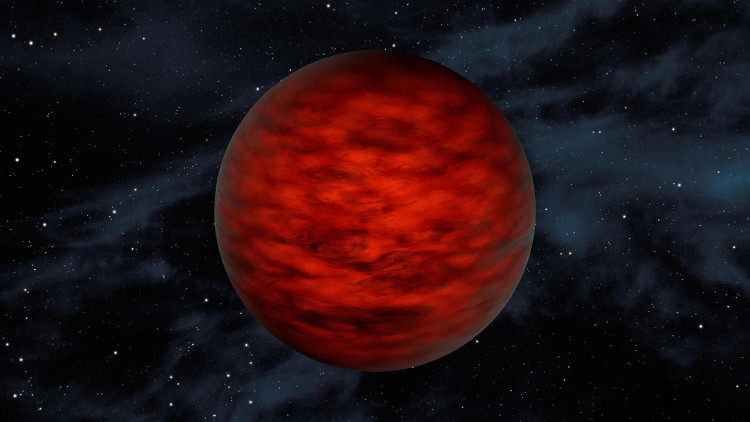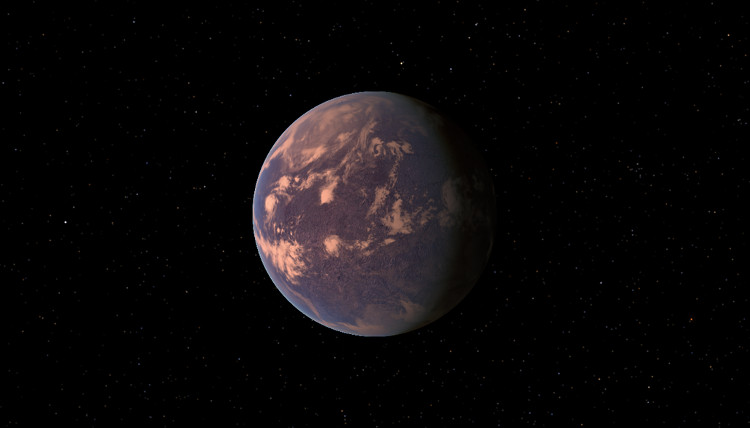Find the most 'lonely and poor' planet in the universe
This will be a great comfort for the FA at this time.
"There is also a pair of shoes to the sandals" - this is a saying that the veteran FAs often take up a lot of contempt for their lonely destiny. But at least, if there is still a home to return to, you are fortunate to be thousands of thousands of other unfortunate fate somewhere out there.
Even in outer space, there are lonely and lonely planets, like the case of the new planet WISEA 1147 that NASA found.

In fact, the planet appears to be in a stellar system called TW Hydrae.
Where is this lonely planet? First, it is important to know that according to many theories of cosmology, planets belong to a group, a certain system, and must have orbit around a star. For example, Earth belongs to the Solar System, and all the planets in this system have orbits around the Sun.
But in 2011, scientists announced that this is not necessarily standard, because our universe has a lot of free-floating planets, independent of any star. In other words, these are planets . without families.
WISEA 1147 - 175 light years away - is such a planet. NASA discovered this planet with a telescope in the WISE project. As noted, WISEA 1147 is 5 to 10 times larger in size than Jupiter - the most "exact" member of the Solar System.
In fact, the planet appears to be in a stellar system called TW Hydrae. However, the star of the TW Hydrae seems to be very . young - only about 10 million years old - while WISEA 1147 is older.
But on the other hand, some experts do not think this is a true planet, because its age is not enough to separate itself from a star system. NASA said that this is actually a brown dwarf.

Brown dwarfs are too large objects to be called planets.
Brown dwarfs are too large objects to be called planets, but too small to be called stars. They usually have twice the mass of Jupiter, and unlike other stars, their light is very weak. So to find WISEA 1147, the team had to follow heat signals for up to 10 years.
According to Adam Schneider, a doctor of astronomy from the University of Toledo (USA), the next thing for science is to determine if the orphaned planets in the universe are brown dwarfs or planets. At the same time, they also need to learn more about how they separate from the star system.
The research is published in The Astrophysical magazine.
- The life of the most lonely animals on the planet
- The most lonely bird on the planet is dead
- Discovering the universe 'most lonely' universe
- Where is the most lonely place in the universe?
- Discover the most lonely creature on the planet
- Story of the most lonely acacia tree on the planet
- Discovery of Jupiter-like lonely planet in the Milky Way
- Discovering the planet
- What is the most lonely human being?
- Detecting a 'lonely' planet near Earth
- Lonely Planet voted 10 most beautiful wonders on the planet
- Discover three earth-like planets
 Van Allen's belt and evidence that the Apollo 11 mission to the Moon was myth
Van Allen's belt and evidence that the Apollo 11 mission to the Moon was myth The levels of civilization in the universe (Kardashev scale)
The levels of civilization in the universe (Kardashev scale) Today Mars, the sun and the Earth are aligned
Today Mars, the sun and the Earth are aligned The Amazon owner announced a secret plan to build a space base for thousands of people
The Amazon owner announced a secret plan to build a space base for thousands of people